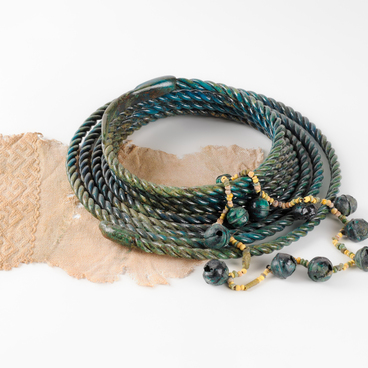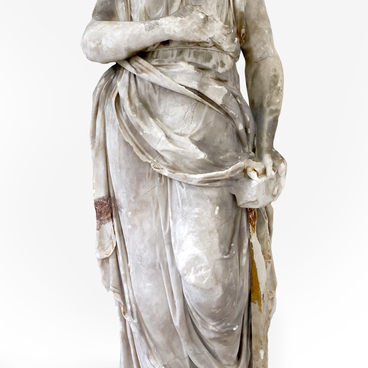The museum exhibition presents a bronze bust of Prussian ruler Frederick William I, created by an unknown sculptor in the first quarter of the 20th century. The king’s face is somewhat puffy, but strong-willed. According to contemporaries, this puffiness was caused by porphyria, a hereditary disease associated with metabolic disorders. The straight gaze and tightly compressed lips reveal a complete conviction of absolute power over his subjects.
The sculptor placed the star of the Order of the Black Eagle on the left side of the king’s chest. This award was established by Frederick William’s father, King Frederick I, to commemorate his coronation in 1701. At that time, the Prince-Elector Frederick of Brandenburg was able to obtain a royal title for himself and his descendants from the Holy Roman Emperor and became the first “King in Prussia”.
A new kingdom appeared on the map of Europe, the highest award of which was the Order of the Black Eagle. All children of the Prussian monarch became its knights by the fact of birth. The motto of the Order was the Latin saying Suum cuique (“To each his own”). An embroidered camisole with a patterned collar can be spotted under Frederick William’s cloak thrown over his shoulders.
Frederick William I ruled Prussia from 1713 to 1740. He went down in history as a strong-willed and frugal monarch. For nearly three decades of his reign, the key words in Prussia were “control” and “economy”. His brusqueness in dealing with those around him also became part of the legend. One contemporary wrote of him, “His walks are inspections and in the streets of Berlin his cane walks on the backs of idlers.”
The Prussian king personally prepared a manual for civil servants, which contained 35 chapters and 297 paragraphs. This work regulated the duties of each employee. For instance, a minister or counselor who failed to attend a committee meeting lost six months’ salary; if he missed a meeting again, he was dismissed from the royal service.



